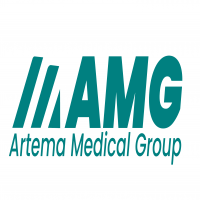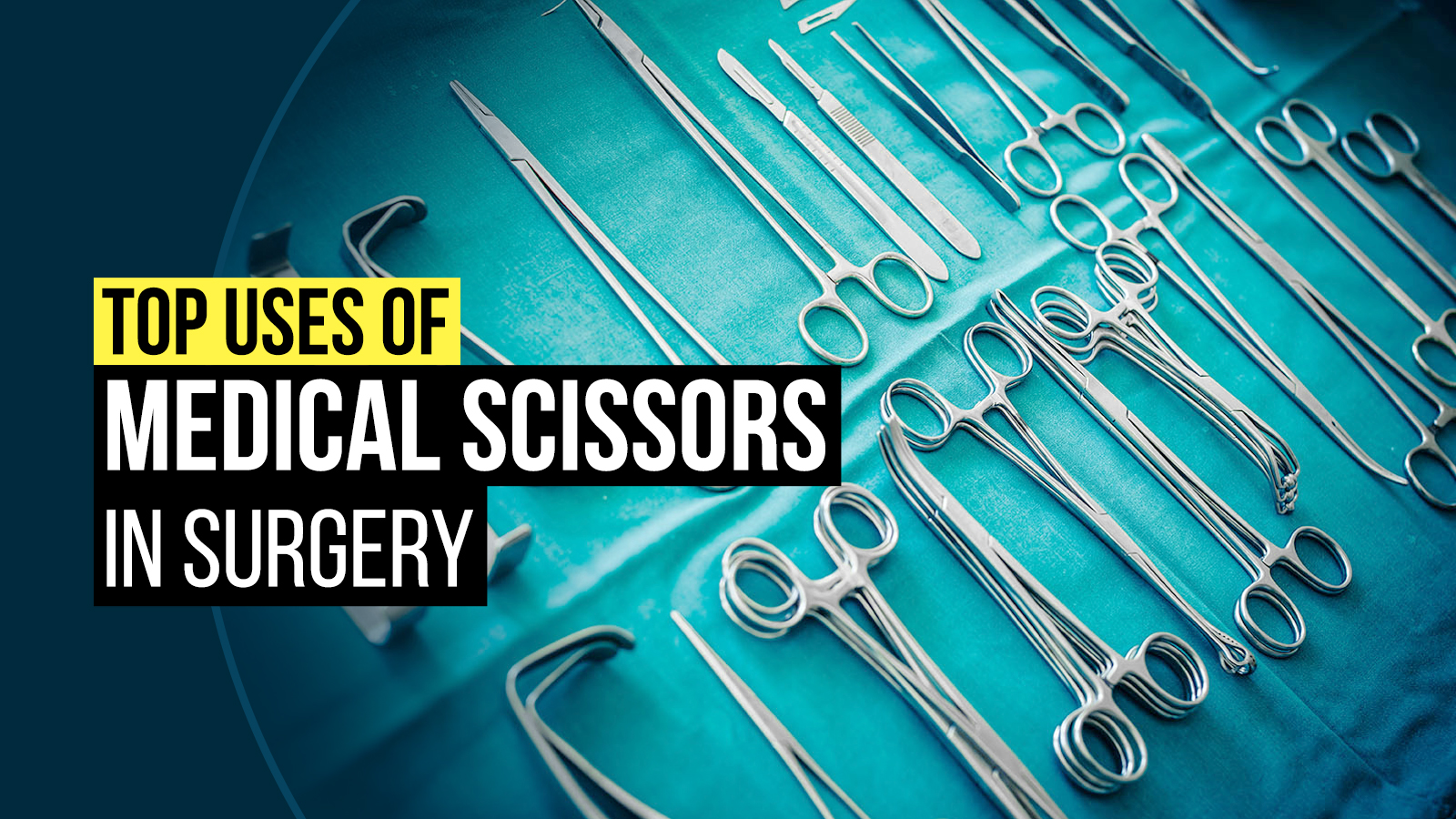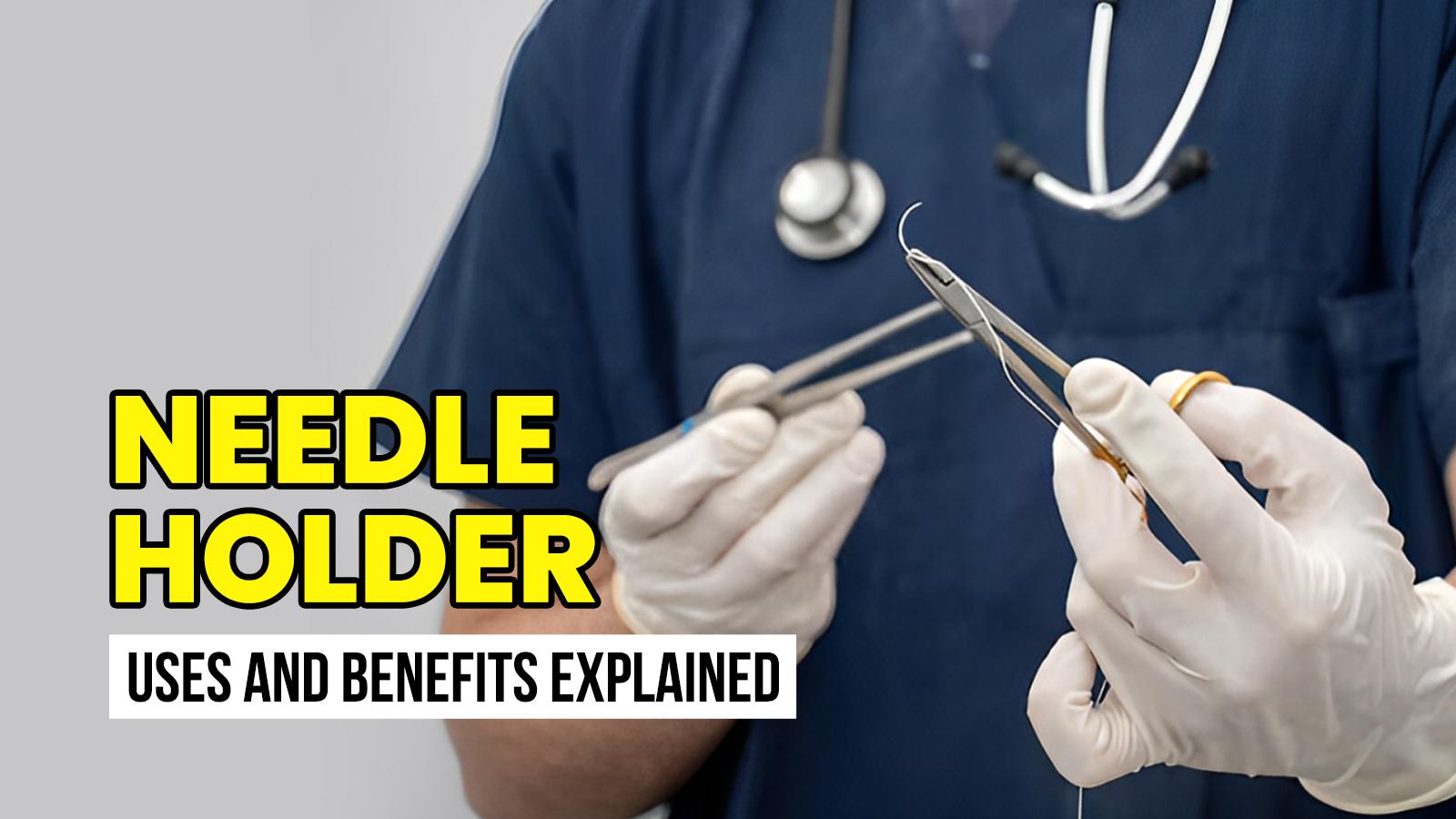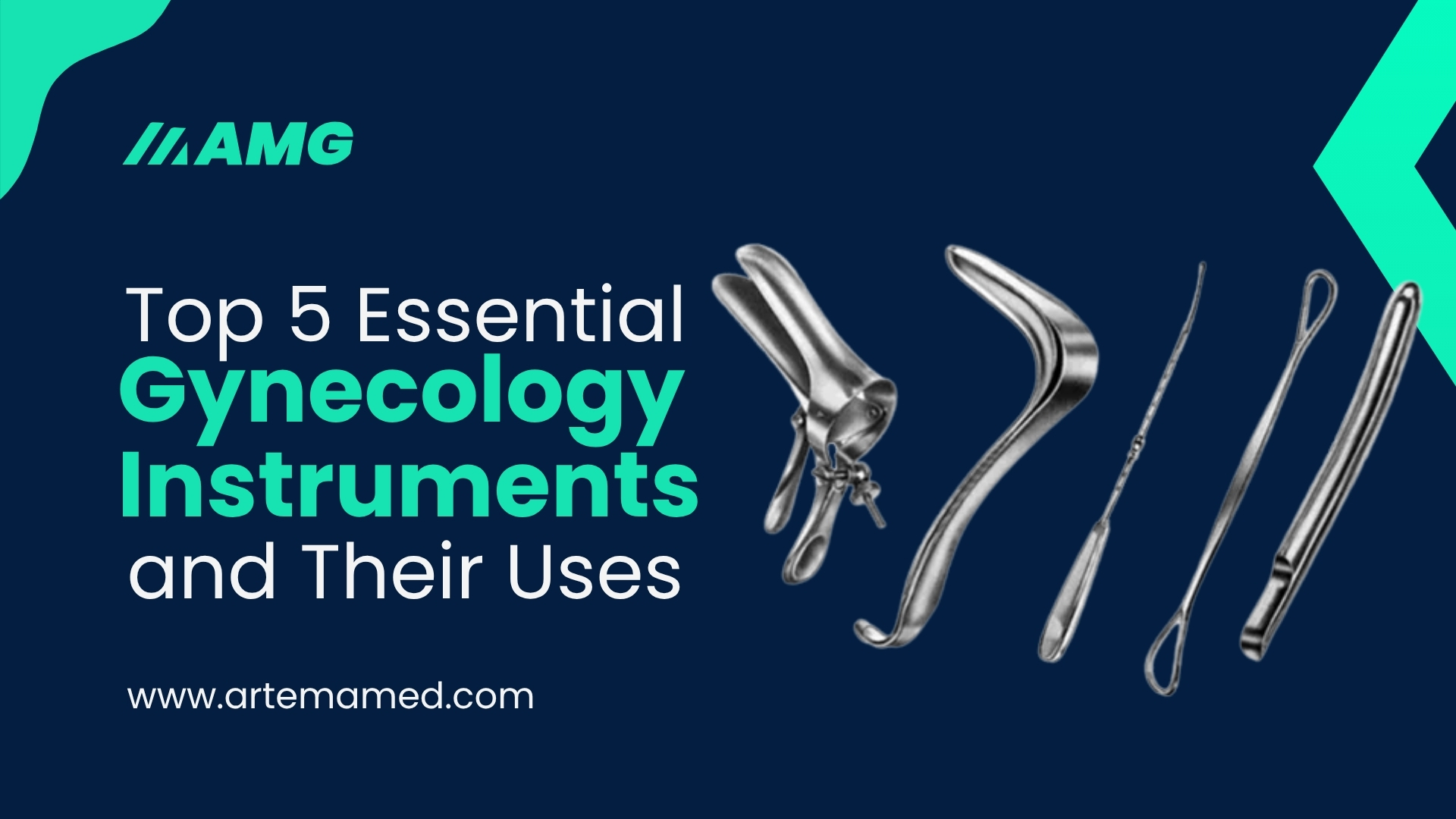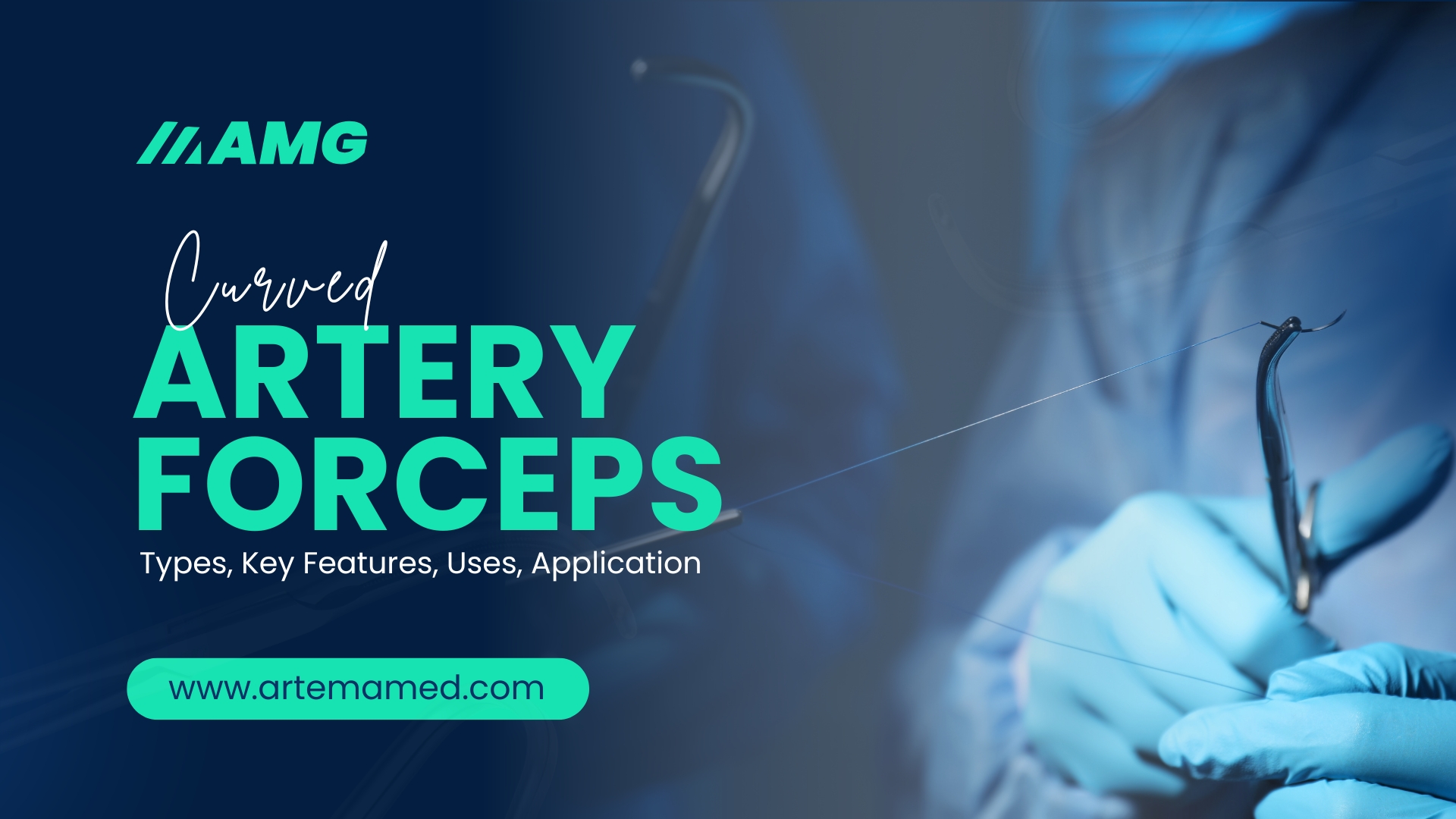Exploring the Medical Applications of Osteotome
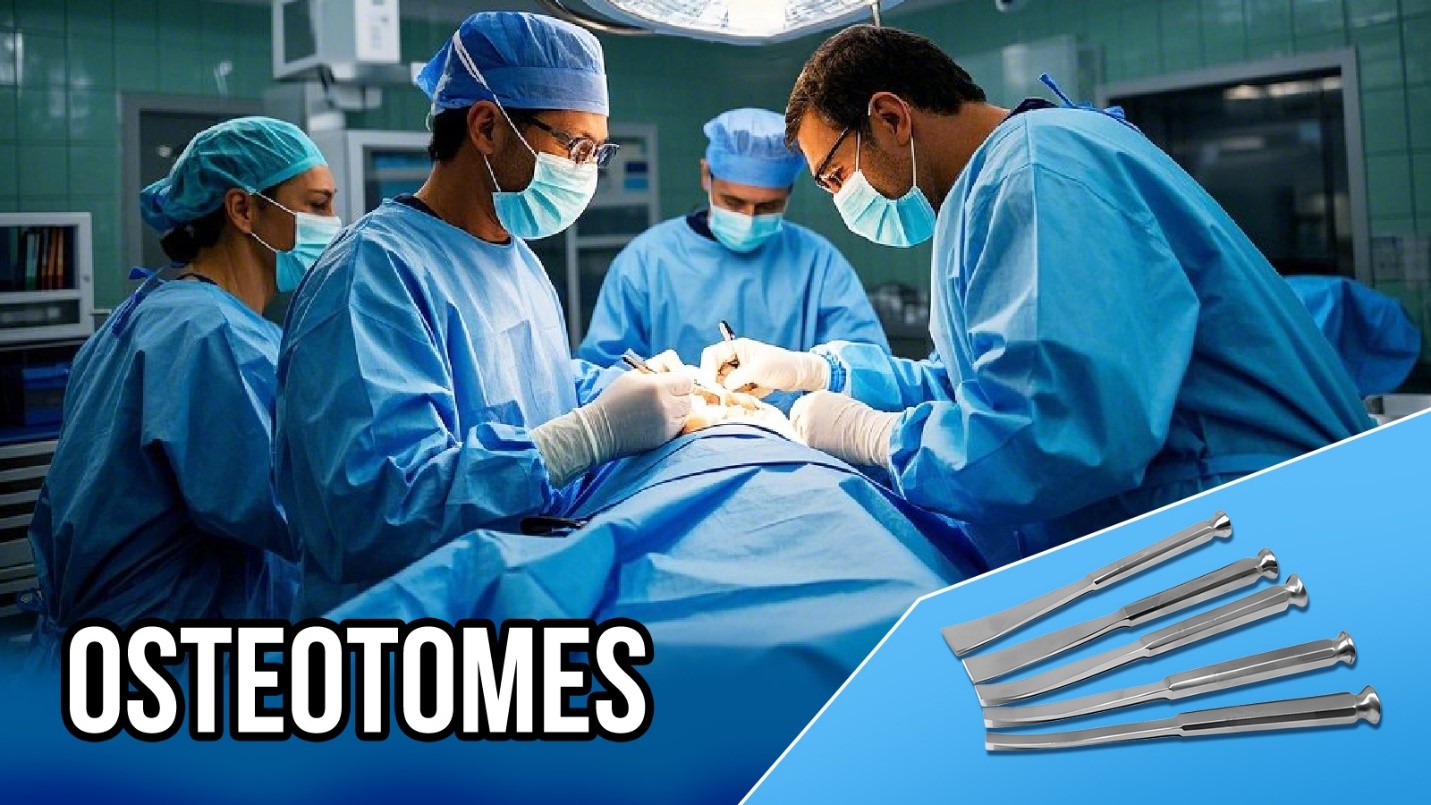
Strong 8k brings an ultra-HD IPTV experience to your living room and your pocket.
In bone surgery, healing is impossible without proper realignment of bones, which requires correction or reduction at the fracture site. The foundation of this healing process lies in stabilizing the bone with suitable instruments to enable direct regeneration. One of the leading orthopedic instruments in this regard is the osteotome. An osteotome instrument aids in this process by promoting faster and more effective healing while minimizing complications. In this blog, we will understand the role of osteotome in different medical fields.
What is Osteotome?
Osteotomes are surgical tools for orthopedic and dental implants. The word "osteotome" comes from two Latin words: osteo and tome. Osteo means bone, and tome means to cut or incise; osteotome means an instrument that cuts or shapes bones. An osteotome is a wedge-shaped instrument with different elevation levels. It comes in a variety of shapes that may include pointed tips, flat blades, or ends that are either D-shaped or cupped.
How Do Osteotomes Work?
Osteotomes work by compressing the bone instead of cutting through it. They create a denser surface and make a space for implant placement. Heat is generally not produced during compression, which makes this instrument more reliable than a rotating drill. It also provides better visibility and exposure. Moreover, it offers a refined haptic response, allowing the surgeon to feel the bone texture flawlessly, making it an ideal choice for certain procedures.
Applications of Osteotome:
There are three main applications associated with osteotomes: compaction, cortical floor elevation, ridge expansion, and implant placement. Let's discuss them one by one:
Bone Cutting/ Osteotomy:
Osteotomy, or bone cutting, is a surgical procedure in which the bones are cut and realigned to relieve a medical condition. It can be performed on various body parts, including the spine, hip, knee, jaw, or feet. The procedure may involve the alignment, replacement, or improvement of the diseased part of the bone. The goal of the treatment is to relieve pain or to slow down bone deterioration.
Bone compaction:
Bone compaction involves compressing the spongy bone in the bone cavity before implant placement to enhance the stability of the healing process. The technique involves using an osteotome to carefully expand the implant space and compress the surrounding bone.
It differs from traditional techniques like rasping or broaching, which remove parts of the bone during the initial phase. Compaction may help by reducing the gap and encouraging bone growth around the implant, but it can also lead to the formation of dead bone, which might interfere with proper healing.
Sinus Elevation:
Sinus elevation is a general technique frequently used during dental surgeries. The sinus, typically known as the maxillary sinus, is a large cavity located in the jawbone. In case of jawbone loss or bone resorption, surgeons use this cavity for the redevelopment process. The technique involves the use of an osteotome, which carefully elevates the floor of the cavity, creating a new space for bone grafting. A dental implant is then placed in the cavity to start the process of healing.
Ridge Expansion:
Ridge expansion is a sensitive procedure that helps create space in the jawbone. The process involves creating a small fracture in the bone and shifting the outer bone layer to open up space for an implant. Osteotomes are the most commonly used orthopedic instruments for ridge expansion. They help prevent unwanted fractures in both the outer (buccal) and inner (lingual) bone layers. Using osteotomes results in less vibration than traditional methods, which improves implant balance, reduces bone loss, and minimizes heat buildup during the procedure.
Conclusion:
Osteotomes are important tools used in orthopedic and dental surgeries. They help shape and compact bone to make implant placement easier or to promote healing. Doctors use them for osteotomy, bone compaction, ridge expansion, and sinus elevation. Osteotomes help bones heal faster, make implants more balanced, and lower the risks of inflammation during bone surgery.
Frequently Asked Questions:
What is the difference between an osteotome and chisel?
A chisel is a hand tool used for carving or cutting, while an osteotome is a surgical instrument designed for reshaping and preparing bone.
What are osteotomes used for?
An osteotome instrument is used for cutting or preparing bone to initiate the natural healing process.
What is the meaning of osteotome?
Osteo means bone, and tome means to cut or incise; osteotome means an instrument that cuts or shapes bones.
Please visit our website, Artema Medical, for more information.
#Orthopedic Surgery
#Surgical Instruments
#Medical Tools
Note: IndiBlogHub features both user-submitted and editorial content. We do not verify third-party contributions. Read our Disclaimer and Privacy Policyfor details.

